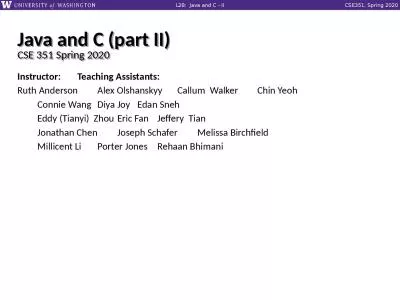PPT-2 . Java language basics (1
Author : min-jolicoeur | Published Date : 2019-12-17
2 Java language basics 1 Minhaeng Lee Contents Features Create your first java program Packages Type Primitive Types Useful Class Types Casting Conversion IntegerFloatDouble
Presentation Embed Code
Download Presentation
Download Presentation The PPT/PDF document "2 . Java language basics (1" is the property of its rightful owner. Permission is granted to download and print the materials on this website for personal, non-commercial use only, and to display it on your personal computer provided you do not modify the materials and that you retain all copyright notices contained in the materials. By downloading content from our website, you accept the terms of this agreement.
2 . Java language basics (1: Transcript
Download Rules Of Document
"2 . Java language basics (1"The content belongs to its owner. You may download and print it for personal use, without modification, and keep all copyright notices. By downloading, you agree to these terms.
Related Documents

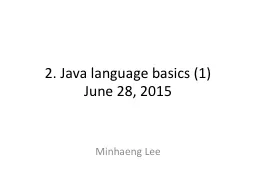
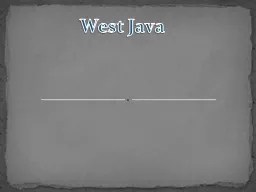
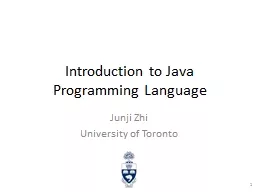
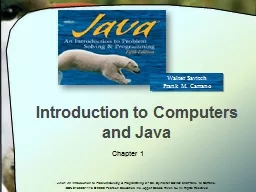
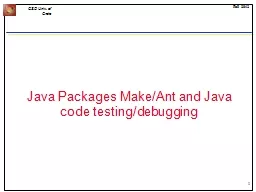
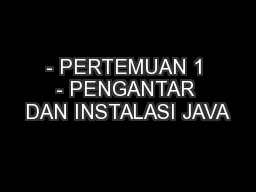


![[DOWLOAD]-The Java Class Libraries: Java.Applet, Java.Awt, Java.Beans](https://thumbs.docslides.com/973154/dowload-the-java-class-libraries-java-applet-java-awt-java-beans.jpg)
![[READING BOOK]-Java: Java For Beginners Guide To Learn Java And Java Programming (Java](https://thumbs.docslides.com/973988/reading-book-java-java-for-beginners-guide-to-learn-java-and-java-programming-java-programming-books.jpg)


